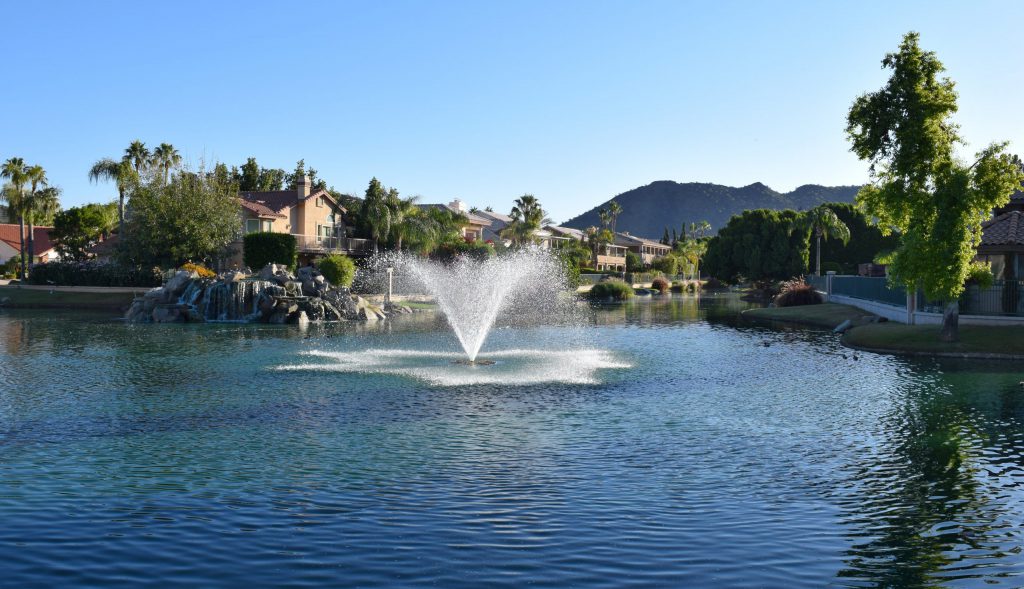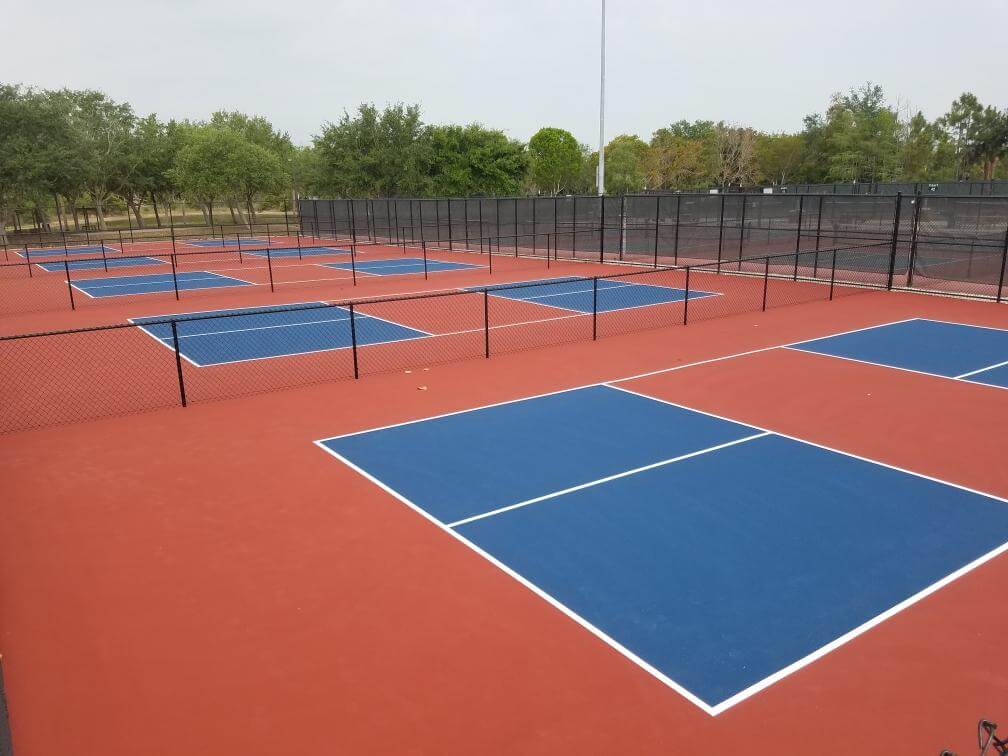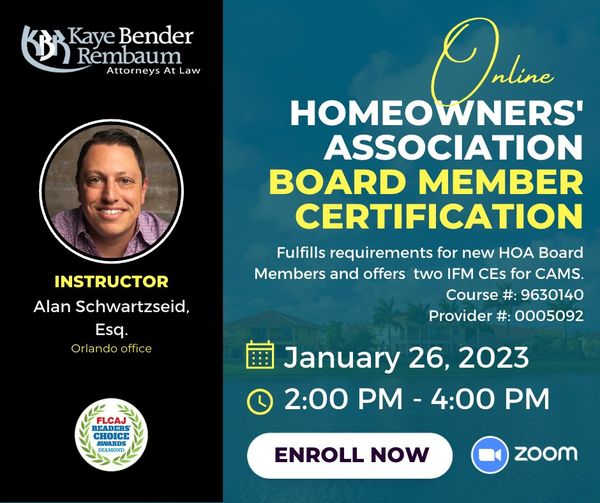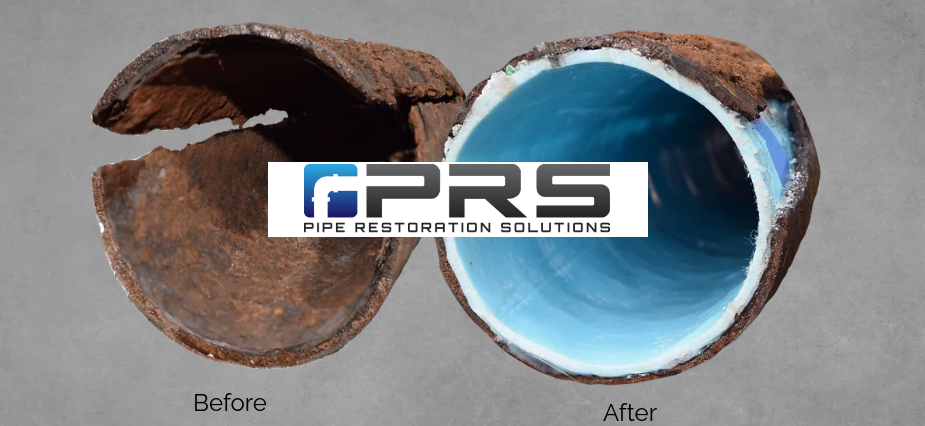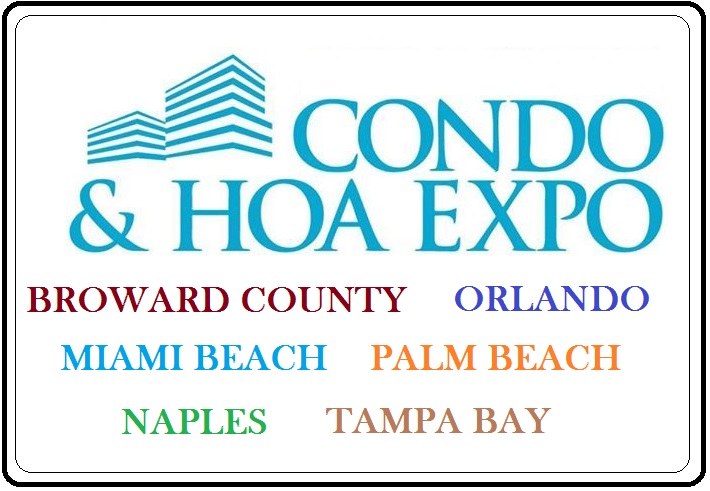Guide to Condo & HOA Financial Statements for Budget Season.
Managing the finances of a community association is one of the most difficult, and most important, responsibilities of a board of directors. Preparing detailed Financial Statements on a regular basis serves a multitude of purposes from providing insight for financial planning, promoting transparency between the board and residents, as well as being a requirement by law in some instances. The frequency of preparation may vary depending on state laws, community bylaws, and the size of the association.
If you are having trouble preparing community financial statements, the professionals at CSM are standing by to answer all your questions. We have years of experience working with thousands of residents across the United States.
What is an Condo & HOA Financial Statement?
Simply put, an Condo & HOA Financial Statements is an official record that details all the financial activities of the community association. Specific details that must be included depends on state regulations and community bylaws, but there are some basic details that should be included regardless of size or location: Read other articles on Topics below.
- A balance sheet showing account balances
- A statement of income
- Receivables, including all money due to the association from sources like collections and credits from vendors or homeowner fees
- Bank statements
- A general ledger showing all account activity
- Reserve fund balances
The most common mistake that people make when preparing financial statements is not adding enough detail. Every detail that can be added, no matter how small, can provide a more thorough insight and lead to better decision making. When in doubt, include it.
It should also be put into an easy to read format. These documents will be available to everyone in the community, most of which do not have advanced accounting degrees. For financial statement to be effective, it needs to be prepared so that anyone can understand the content. Making it too complicated alienates people and hinders community relations.
How Often Do Financial Statements Need to be Prepared?
There is no standard frequency that financial statements must be prepared. It will depend on state regulations, community goals, and the size of the community. Of course, the more frequently statements can be prepared, the more helpful they will be for the board of directors. Smaller Condo & HOA’s with simpler budgets can prepare monthly without much problem. Larger associations with more complicated budgets may opt to prepare statements quarterly or annually.
No matter what decision is made regarding frequency, it must be maintained. Straying from the regular schedule only causes issues between the board members and homeowners. It leads to a feeling of distrust. When dealing with financial information, it is best to be open and honest in as much detail as is appropriate.
For smaller, self-managed associations, if there is trouble getting financial statements completed on time, it is relatively inexpensive to hire an accountant as needed to prepare balance sheets. This ensures that all the information will be completed in a timely manner without taking time out of community volunteer’s busy schedules. It also means that the statements have been professionally checked and relieves some of that stress from the board members as well.
There are also a multitude of services available from CSM to help homeowner’s associations get organized and prepare their own financial statements. With the professional support of an experienced team along with state-of-the-art technology, even the most inexperienced association members will be able to navigate the complicated waters that is financial management with ease.
What is a Financial Statement Used For?
The obvious answer is that detailed HOA financial statements can be used by the community association board of directors to adjust budgets, dues, and allocate money for maintenance and projects. The more detailed the statement, the more effective the association.
It is a requirement for any sort of financial planning. For starters, if records are kept consistently, association directors can look back on previous financial years to identify patterns that could affect the current budget and adjust accordingly. It is also imperative to keep track of money owed. If detailed records are not kept, it can be near-impossible to keep track of delinquent dues or know how much money is available to budget for community maintenance and new projects.
In some states, it is a legal requirement for Condo & HOA’s to maintain and submit regular financial statements. Even if it is not required in your state, it is a good idea to keep detailed records anyways as they will be extremely beneficial for all other aspects of homeowner’s association management.
Most importantly, having detailed financial statements readily available to all members can promote transparency between the board and the community. If the homeowners can see what their money is going towards, they will be more agreeable and open with the board of directors. It promotes teamwork throughout the community.
Where Should the Financial Statements Go?
As with most things regarding financial statements, it depends on state laws and community bylaws. Generally, there are three places that they need to be turned in:
- The Board of Directors – the board of directors should receive a full, unedited report. They will need all available financial details in order to make informed decisions and plans regarding community maintenance and future projects.
- Community Members – to foster an open and transparent relationship, homeowners should also receive copies of financial statements. These statements, however, should be altered to exclude sensitive information such as delinquent accounts. There is a difference between being sensitive and being secretive. If it will not cause an issue between community members, it should be included in the documents sent to community members. All financial statements should be available upon request.
- State Department – if a homeowner’s association is organized as non-profit, an annual report must be filed with the Secretary of State. Failure to do so could result in losing their “Good Standing” status. This may not be applicable to all Condo & HOA’s.
The more accessible financial statements are, the better. Some community associations even opt to put their financial information on their website to allow homeowners to view it at any time. Of course, not all information needs to be publicly accessible, but everything that can be included should be included. Transparent financial processes help to promote teamwork and positive community relations between homeowners and association board members.
Who Should Prepare Financial Statements?
This answer depends on the size of the community. Smaller, self-managed associations may have an elected treasurer, financial officer, or president that is responsible for compiling financial documents. In such cases, it is a good idea to use a professional accountant to ensure that financial statements are prepared correctly before releasing them to board and community members. Remember, just because someone was elected treasurer, does not necessarily mean they have accounting experience. It is always best to hire a professional. Large homeowner’s associations have more complex budgets and will usually have a management company that handles all financial data.
If statements are self-prepared by an elected community member, make sure that there is a backup of all financial records. In the unfortunate event that something happens and the preparer is no longer able to maintain their responsibilities, it can be difficult for the next person to learn their accounting methods or sometimes even gain access to the records.
Whether an association is made up of ten units or ten thousand units, it could be beneficial to hire a management company to ensure that everything is being run as efficiently and effectively as possible. When looking into property management companies, it is important to look for a company with a strong financial background. If the finances are not well kept, the entire community association becomes ineffective. Hiring a company to provide financial management assistance not only makes life easier for the board of directors but can also give community members peace of mind knowing that all finances are being managed accurately and efficiently.
The Importance of HOA Financial Statements
To make a great plan, it is important to have all the information possible. Reliable, consistent, and transparent financial statements not only help the HOA board of directors make well-informed decisions but also support community health by allowing all community residents and stakeholders to be a part of the team. Keeping members in the dark only promotes mistrust and working with inadequate or no financial information can lead to dwindling reserves for community upkeep and new projects.
Creating an effective HOA is as simple as choosing an accounting process that works for your team, keeping detailed records, and communicating openly and freely with the community about all financial information.
Like this:
Like Loading...
Tags:
Condo and HOA Budgets
 United Security Inc. (USI) provides contract security solutions and investigation services to a select group of vertical markets. For the past 30 years, USI has created safe, secure environments for commercial and government employees and customers by investing in our people, innovation and relationships. USI is committed to delivering:
United Security Inc. (USI) provides contract security solutions and investigation services to a select group of vertical markets. For the past 30 years, USI has created safe, secure environments for commercial and government employees and customers by investing in our people, innovation and relationships. USI is committed to delivering:




